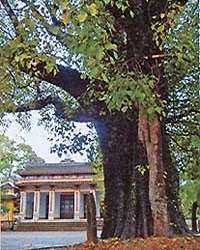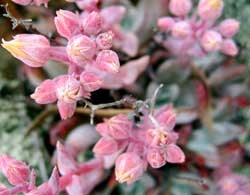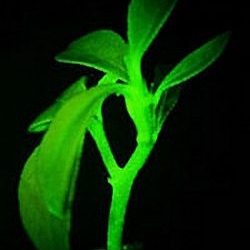Platycerium Fern
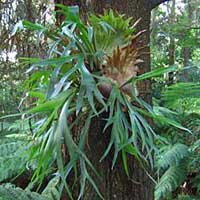 |
|
Platycerium |
Typically, plants use their roots to absorb nutrients from the soil, but the Platycerium fern derives its sustenance from its leaves. Its frond-like leaves create a basin that collects fallen debris from the trees it depends on. As these leaves decompose within this natural basket, they gradually turn into humus, nourishing the fern. This plant is also known as an epiphyte, meaning it grows on the surface of another tree, obtaining nourishment indirectly without harming the host tree. The smaller leaves of the fern carry out photosynthesis and produce spores to ensure its propagation.
Tillandsia
The Tillandsia, often referred to as the “air plant,” roots itself on a tree and waits for a rain shower. Its stems and leaves are covered with a dense network of scales filled with water. This water is absorbed through a small opening at the base of each scale. Additionally, when water flows over the plant, Tillandsia absorbs mineral salts from the decaying cells of the host tree.
Watering Tree
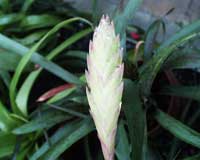 |
|
Tillandsia |
On Hierro Island, part of the Canary Islands (Spain), a “sea of fog” envelops the forests for about 200 days each year. A legendary plant, known as the watering tree, uniquely harnesses the fog to obtain water. Its broad leaves absorb moisture from the condensed fog resting on their surfaces before it trickles down the branches. The plant also handles its own irrigation: the soil surrounding it quickly absorbs water. Until the 16th century, the indigenous Guanche people harvested products from the watering tree, utilizing its exposed wells to collect water. There are also other watering tree species that thrive in arid regions with abundant fog, such as in the Sultanate of Oman or Chile.








































